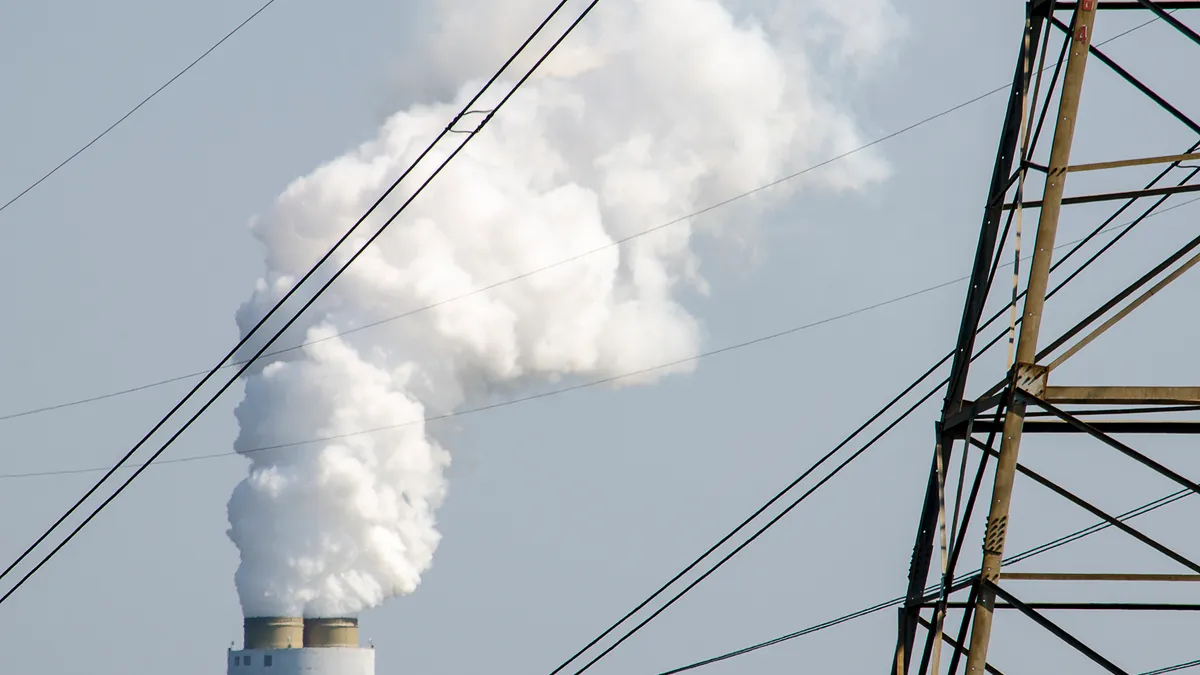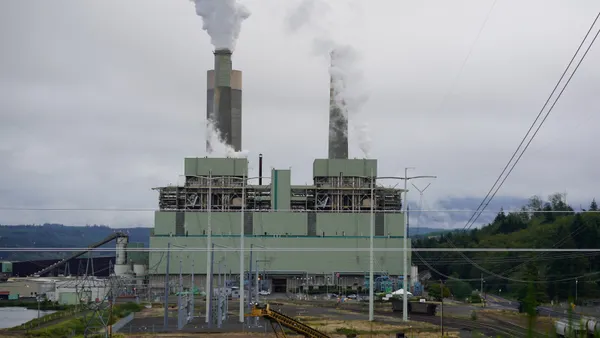Dive Brief:
- The U.S. Department of Energy's (DOE) proposal to save coal and nuclear plants from retirement could cost $34 billion, according to a new Brattle analysis prepared for Advanced Energy Economy (AEE).
- While details remain scarce, earlier this summer a draft DOE memo surfaced, sketching out a plan to have the federal government purchase electricity or generation capacity from coal and nuclear plants for two years.
- According to the new analysis, direct costs to keep the plants running would be about $17 billion annually, depending on how the plan rolls out and which coal and nuclear plants qualify. The analysis does not include any potential impacts of the government's purchase on competitive markets, although some of the business groups that funded the study have voiced their concerns about what they believe could be negative consequences for consumers and the market if the bailouts were to occur.
Dive Insight:
Along with AEE, the report was funded by a wide range of energy groups and represents a general lack of support for the controversial subsidy proposal, not just among renewables-focused stakeholders, but those with carbon emissions as well.
The plan "could raise costs on American consumers and fundamentally hurt the administration's goal of American energy dominance throughout the world," Todd Snitchler, market development group at the American Petroleum Institute (API), said in a statement.
While renewables and storage are increasingly being looked at to replace natural gas, there is also widespread acceptance that gas turbines will have a role to play on the United States' grid for some time. Coal and nuclear plants, facing more stringent environmental requirements and higher operating costs, respectively, have struggled to compete with plants fueled by cheap natural gas.
Keeping nuclear plants online has broader support because of their emissions-free generation. However, the deterioration of both industries, coupled with President Trump's campaign promises to revive the nation's ailing coal industry, in part, lead to the administration's proposal.
The new Brattle analysis looks at multiple ways the administration might roll out its plan, in an attempt to figure out what the two-year subsidy program might cost, and reaches three broad tranches of estimates.
If uniform payments were given to all coal and nuclear plants reflecting their average financial shortfall, the cost would be $16.7 billion per year, or about $34 billion for the two year program. If payments are only given to plants facing financial shortfalls, the cost would run $9.7 billion to $17.2 billion annually, or $20 billion to $34 billion for the duration.
If power plant owners were also granted a return on their invested capital in addition to payments for operating shortfalls, Brattle said the costs could reach $20 billion to $35 billion annually.
"Arresting the retirement of uneconomic generating assets in the current market environment will likely prove quite costly," the report concluded.
Importantly, given criticism of the plan, the Brattle report notes that the estimates "do not account for any distortionary effects on the operation of competitive wholesale markets, or the long-run implications of re-regulating a substantial portion of the generation fleet."
AEE, API, the American Wind Energy Association, Electric Power Supply Association and Natural Gas Supply Association were among those funding the report.
The Trump administration has tried to deflect criticism that the plan would upend competitive electricity markets, by focusing on what they view as national security issues related to electric reliability.
Secretary of Energy Rick Perry last month said "the economics is secondary from my perspective. There is the potential to see some really chaotic attacks in this country. That is DOE's responsibility to make sure that does not happen."
CORRECTION: A previous version of this story incorrectly stated the direct costs to keep the plants running. They would be about $17 billion annually, according to the report.















